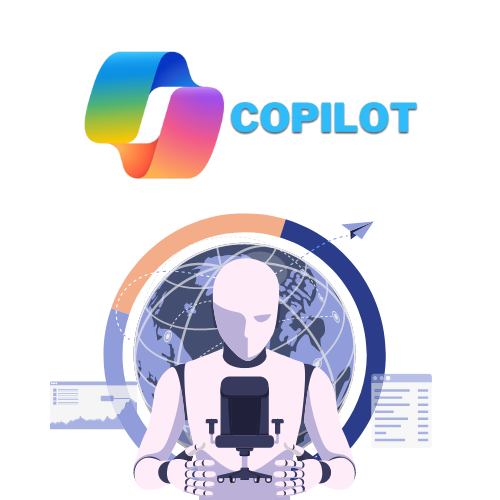The Art and Science of Working with AI
The world of AI-powered productivity is constantly evolving. Microsoft 365 Copilot has emerged as a major player, transforming the way we work and unlocking new levels of efficiency. As more organizations embrace this era of AI, it's important to understand the balance between the art and science of working with these advanced tools.
The AI-Powered Workload Challenge
In the contemporary workplace, the demands on individuals have surged. Microsoft's data from searches across M365 services reveals staggering figures—18 searches, 250 emails, and nearly 150 chats on an average workday. With Teams users engaging in three times more meetings than in 2020 and multitasking across 11 apps on Windows in a single day, the need for AI assistance becomes evident.
Jaime Teevan's Insights on Asking the Right Questions
Jaime Teevan, Chief Scientist & Technical Fellow at Microsoft, emphasizes the significance of asking the right questions when working with AI. "Working with AI is more than just pushing buttons. It's about asking the right questions," she notes. Teevan underscores the idea that mastering the art and science of AI can redefine organizational boundaries and elevate potential.
Unveiling the Power of Detailed Prompts
Microsoft's research suggests a fundamental principle for maximizing AI output: provide detailed prompts. The more detail in your prompts, the better the answer. Chris Capossela, Microsoft Executive Vice President & Chief Marketing Officer, highlights the importance of crafting precise questions to extract relevant information efficiently.

Anatomy of a Successful Prompt
To extract the best response from Copilot, a successful prompt should incorporate four key building blocks:
- Start with the End in Mind: Explain what you want Copilot to do.
- Set the Stage: Provide context or details relevant to the query.
- Define Parameters: Specify dates, documents, or emails that Copilot should consider.
- Tailor the Delivery: Instruct how Copilot should present its response.
Prompts in Action: Insights from Amy Coleman and Jared Spataro
Amy Coleman, Microsoft CVP, Human Resources & Corporate Functions, and Jared Spataro, Microsoft CVP, Modern Work & Business Applications, share their effective prompting strategies. Amy's weekly prompts on global HR challenges showcase the power of framing questions to open possibilities. Jared emphasizes the importance of the iterative process, where constant refinement and improvement lead to successful interactions.
Building New Work Habits with AI
Microsoft envisions AI as the modern-day "idea processor," an ever-available partner facilitating comprehensive problem-solving. Chief Scientist & Technical Fellow Jaime Teevan suggests using Copilot as a sounding board for feedback. By framing questions and refining responses, Copilot becomes a collaborative partner, augmenting human capabilities.
Lifting the Weight of Work: AI for Fulfillment
In conclusion, AI isn't just about making work easier or faster; it's more fulfilling. By leveraging the power of Copilot, individuals can redirect cognitive energy from mundane tasks to the substance of their work and purpose. Microsoft's Copilot isn't just a tool; it's a transformative force shaping the future of work.
As organizations navigate this new era of AI, mastering the art and science of working with Copilot becomes a strategic imperative, unlocking unparalleled productivity and innovation. It's not just about technology; it's about redefining how we collaborate, solve problems, and achieve our goals in the AI-powered workplace.
